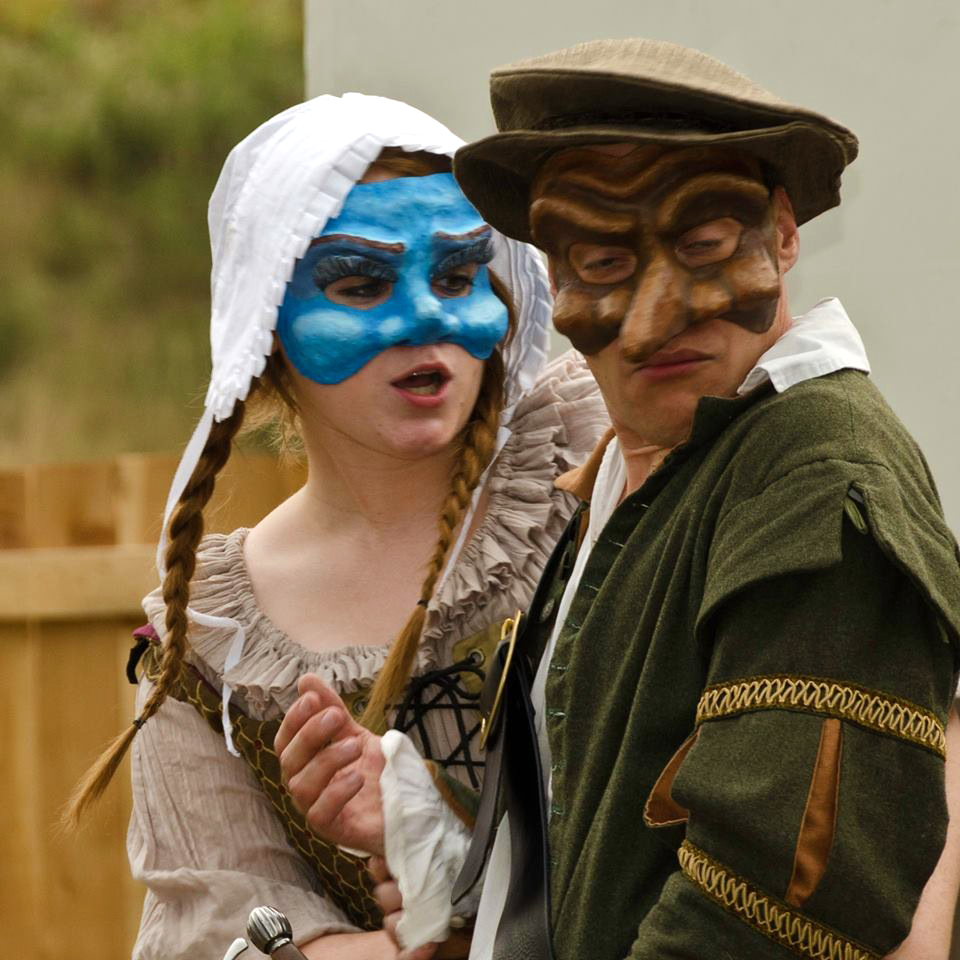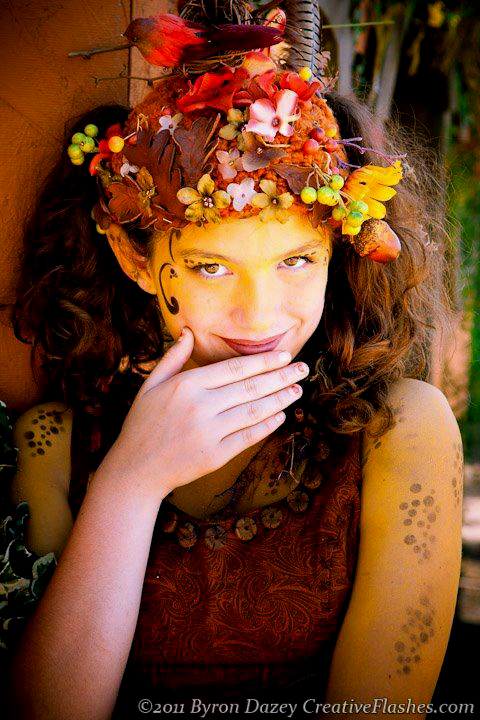Everyone seems to be in love with fantasy these days. Nerd and pop-culture fiends alike are glued to their TV’s, watching the Lannister/Stark/Tyrell drama unfold on Game of Thrones. Social media is filled with pop quizzes asking “Which House/Character Are You?” There are sites devoted to GOT costume porn, highlighting the intricate details of each costume, as well as the occasional “authentic” GOT recipe and menu plan.
It’s fun to watch the drama unfold on TV and exclaim your fandom online, but you can do better—you can actually spend a day in a fantasy realm. Imagine immersing yourself in a world filled with knightly duels, beautiful costumes, town gossip, and high nobility, all just a car ride away. I’m talking, of course, about the renaissance faire.
Washington’s not-so-secret nerd culture has thrived for generations, yet the geeky haven of the renaissance faire is an area left unexplored by many. Long before the comic-cons and tech startups, Washington’s ren-faire culture offered fantasy geeks a place to connect.
Washington’s first renaissance faire, Ye Merrie Greenwood Faire (GWF), was founded by Californian transplant Marjorie Kunigisky and fellow ren-faire fan Dick Bagwell. Kunigisky caught the bug in the 1970s after attending the Renaissance Pleasure Faire in Agoura, Calif., the very first in the U.S. However, after moving to Washington, she quickly discovered that she had to travel to Southern California for a dose of ren culture, since the Northwest offered nothing like it. In 1979, Kunigisky started planning with the help of friends, family, and fellow faire lovers; in 1986, GWF was formed and has been thriving ever since, along with an ever-growing ren-faire culture that blooms in the summer months.
Over the years, more festivals have popped up around the Northwest, seven in Washington alone—and that’s not counting the pirate festivals. Kunigisky tells me there’s “interbreeding” between the fantasy and pirate communities, so the two often overlap at festivals. This mixture has helped bring new life to the renaissance scene. Although Kunigisky says she likes to keep GWF “as close to the 1580s as possible,” she also likes to “mix in a few curves,” noting that GWF has a few “Roman soldiers who got caught in an elf’s spell and are stuck in Elizabeth’s court.”
Fantasy elements like elves and fairies, and modern technology, were once frowned upon, but over time have been welcomed. Longtime faire performer and vendor Ammie Hague, aka Fairy Princess Lolly, points out that although some faires can be “very persnickety” about the color of a vendor or performer’s garb (clothing colors were tied to class) “or if your breeches have a zipper,” nowadays they are primarily concerned with putting on a terrific performance, which sometimes includes ahistorical flaming lances. In the end, faires want to offer attendees a great experience, and if that means adding a bit of fairy dust, so be it.
This open attitude creates a more inviting and inclusive atmosphere for those who were turned off by the old puritanism or who might be new to the scene—especially new fantasy fans who became ren-curious after getting sucked into popular fantasy culture like Lord of the Rings or GOT. Amy Forsyth, Washington Midsummer Renaissance Faire’s entertainment and creative director, has noticed an increase in attendance paralleling the increasing popularity of fantasy pop culture. She adds that it’s fun to see children dressed up as characters “excited to interact with our cast and crew” and that “it’s great to see them engaging in active entertainment and play, rather than just passive entertainment like television.”
Renaissance faires are also benefiting from the ever-increasing “geek chic” phenomenon. As Forsyth points out, “The stigma of dorkiness that used to be attached to faires has become somewhat a thing of the past,” adding that the attendees are a diverse group. Yet Hague notes that while public awareness of fantasy worlds has increased, many people still “don’t know that there’s probably one right in their backyard and further, all over the Pacific Northwest!” But not to fret—it’s never too late to join in on the fun.
For first-time attendees, the veterans have a few wise tips. One, bring water. You’re going to be outside in the beautiful summer weather, so make sure you stay hydrated between goblets of mead. Two, wear sunblock. Yes, we like to soak up those rare rays when we can, but our days of darkness often mean we’re easy to burn. Three, enjoy yourself. As Kunigisky and Forsyth both affirm, take your time, soak up the atmosphere, and don’t be afraid to join in. You can toast, with turkey leg and mead in hand, your beloved GOT characters who have passed, and relish the fact that you can drink and be merrie safely in the confines of our own fantasy realm, where Martin can’t hurt you.
geeklyreport@seattleweekly.com
REN AND WHERE
The Bonney Lake Fantasy Faire, Bonney Lake, Wash., bonneylakefantasyfaire.com. June 21–22.
Ye Merrie Greenwood Faire, Richland, Wash., yemerriegreenwoodfaire.org. June 28–29.
Northwest Renaissance Festival, Nine Miles Falls, Wash., nwrf.net. July 5–27.
Washington Midsummer Renaissance Faire, Bonney Lake, Wash., washingtonfaire.com. Sat.–Sun., Aug. 2–17.
The Spokane Renaissance Faire, Spokane, theguild2010.org/spokanerenaissancefaire.html. Oct. 4–5.
Camlann Medieval Village, Carnation, Wash., camlann.org. Sat.–Sun., May–Sept.









